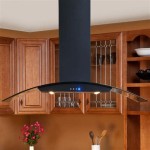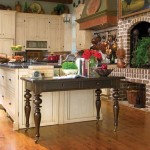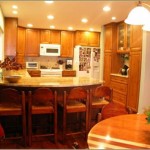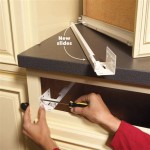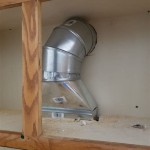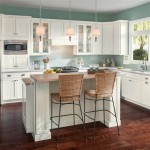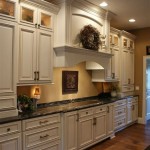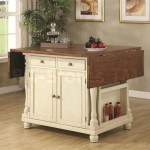What Is the Standard Size of a Kitchen Counter?
Kitchen counters are an essential part of any kitchen. They provide a workspace for food preparation, cooking, and other tasks. The size of your kitchen counter will depend on the size of your kitchen and the number of people who use it. However, there are some standard sizes that are commonly used in most kitchens.
Height
The standard height for a kitchen counter is 36 inches. This height is comfortable for most people to work at, and it provides enough clearance for appliances and other items that may be placed on the counter.
Depth
The standard depth for a kitchen counter is 24 inches. This depth provides enough space for food preparation and other tasks, and it also allows for the installation of appliances and other items on the counter.
Length
The length of your kitchen counter will depend on the size of your kitchen and the number of people who use it. However, most kitchen counters are between 8 and 12 feet long.
Shape
Kitchen counters can be any shape, but the most common shapes are L-shaped and U-shaped. L-shaped counters are great for small kitchens, while U-shaped counters provide more workspace and storage space.
Material
Kitchen counters can be made from a variety of materials, including laminate, granite, quartz, and stainless steel. The material you choose will depend on your budget, your style, and your needs.
Additional Considerations
In addition to the standard size, there are a few other things you should consider when choosing a kitchen counter. These include:
- The number of people who use the kitchen - If you have a large family, you will need a larger counter than if you live alone.
- The type of cooking you do - If you do a lot of baking, you will need a counter with a large surface area. If you do a lot of entertaining, you will need a counter with a built-in bar.
- Your budget - Kitchen counters can be expensive, so it is important to set a budget before you start shopping.
By considering all of these factors, you can choose the perfect kitchen counter for your needs.

Standard Kitchen Counter Depth Hunker Cabinet Dimensions Cabinets Height Island

Kitchen And Dining Area Measurements Standards Guide

What Are The Perfect Kitchen Dimensions Amp Standard Size

N Standard Kitchen Dimensions Renomart

Kitchen Unit Sizes Cabinets Measurements Cabinet Dimensions Height

Your Kitchen Renovation Measured For Perfection Rona

Image Result For Standard Kitchen Cabinet Dimensions Cm Cabinets Height Measurements

Kitchen Cabinet Sizes What Are Standard Dimensions Of Cabinets

N Standard Kitchen Dimensions Renomart

Kitchen Standard Dimensions Essential Measurements
Related Posts



